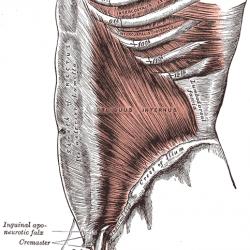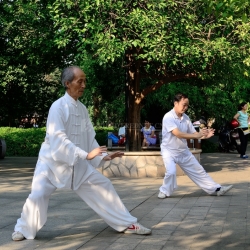Arthroscopic Knee Surgery Procedure & What To Expect After
Knee arthroscopy is typically a day surgery procedure that is minimally invasive, and the best knee specialist performs it with ease. The surgeon usually makes very small incisions to allow him to put an instrument and camera into the affected knee to identify and treat the problem.
Arthroscopy allows the doctors to see the knee clearly from the inside. A patient is expected to have a fast recovery from the operation. The technological advancement made it possible for high-resolution cameras and high-definition monitors to be discovered. These improvements helped elevate knee arthroscopy's effectiveness in treating knee injuries.
The Procedure in Knee Arthroscopy
In performing knee arthroscopy, the orthopaedic surgeon creates small incisions in the affected knee. The surgeon will fill the knee joint with a sterile solution to get rid of the cloudy fluid. This process allows the surgeon to clearly see the knee.
The first thing the surgeon needs to do is to examine the affected knee thoroughly to make a proper diagnosis. Your surgeon will insert the arthroscope next and view everything on the projected image on the screen for proper guidance. If you need to undergo surgical treatment, your surgeon will insert the needed instruments through the other incision. These instruments are tiny enough to pass through the incision.
The procedure usually takes between thirty minutes and a bit more than an hour to finish. The length of time to finish the surgery depends on the diagnosis and the treatment that must be done.
You need knee arthroscopy to:
- Remove your inflamed synovial tissue
- Eliminate loose fragments of cartilage or bone
- Trim the torn pieces of articular cartilage
- Reconstruct the damaged anterior cruciate ligament (ACL)
- Repair or remove a torn meniscus
After the surgical treatment, the knee surgeon will close the incisions by sewing it or by using sterile strips. A soft bandage should be placed on the closed incisions to cover them. You will be moved to the recovery room where you need to stay for two to four hours before you are allowed to go home. Make sure that someone will accompany you when you go home, and you are not allowed to drive.
Things that you Need to Take Note of During Recovery Period
You have faster recovery from knee arthroscopy than the open knee surgery. You need to strictly follow your doctor's advice and instructions during your recovery period at home. You need to take note of the following:
- Swelling
Expect that there will be swelling after your surgery. You need to keep your leg in an elevated position when you get home. You need to do that for a few days after your knee surgery. You may apply ice to relieve pain and swelling as instructed by your doctor.
- Dressing
It is of utmost importance to keep your incisions clean and dry all the time. Follow your doctor's instructions regarding when you can take a bath or shower as well as change the dressing. Make sure to visit your doctor after a few days so he can check your progress, make sure that nothing is amiss, and start your program for postoperative treatment.
- Using Crutch
Most patients need to use crutches after the surgery. Your doctor will tell you when you can put weight on your leg and foot.
- Driving
It is best not to drive your car while you are still in your recovery period. Normally, patients who had this type of surgery can drive one to three weeks after the surgery.
- Prescription
You need to take the medication that your doctor has written in the prescription and make sure to follow the instructions of your doctor.
You may also need to do exercises that can help strengthen your knee. The therapeutic exercises play an important role in the speed of recovery of your knee.
Warning Signs and Complications
Like any surgery, knee arthroscopy has certain risks involved. But, the occurrence is minimal and often can be treated right away. The possible postoperative problems include chills, blood clots, infection, and accumulation of blood in the knee.
You need to visit your doctor immediately when you experience increased pain in the calf muscle, significant swelling of the affected knee, increased or persistent knee pain, incessant redness or warmth around the knee, chills, or fever.
More to Read:
Previous Posts:







